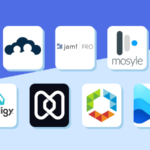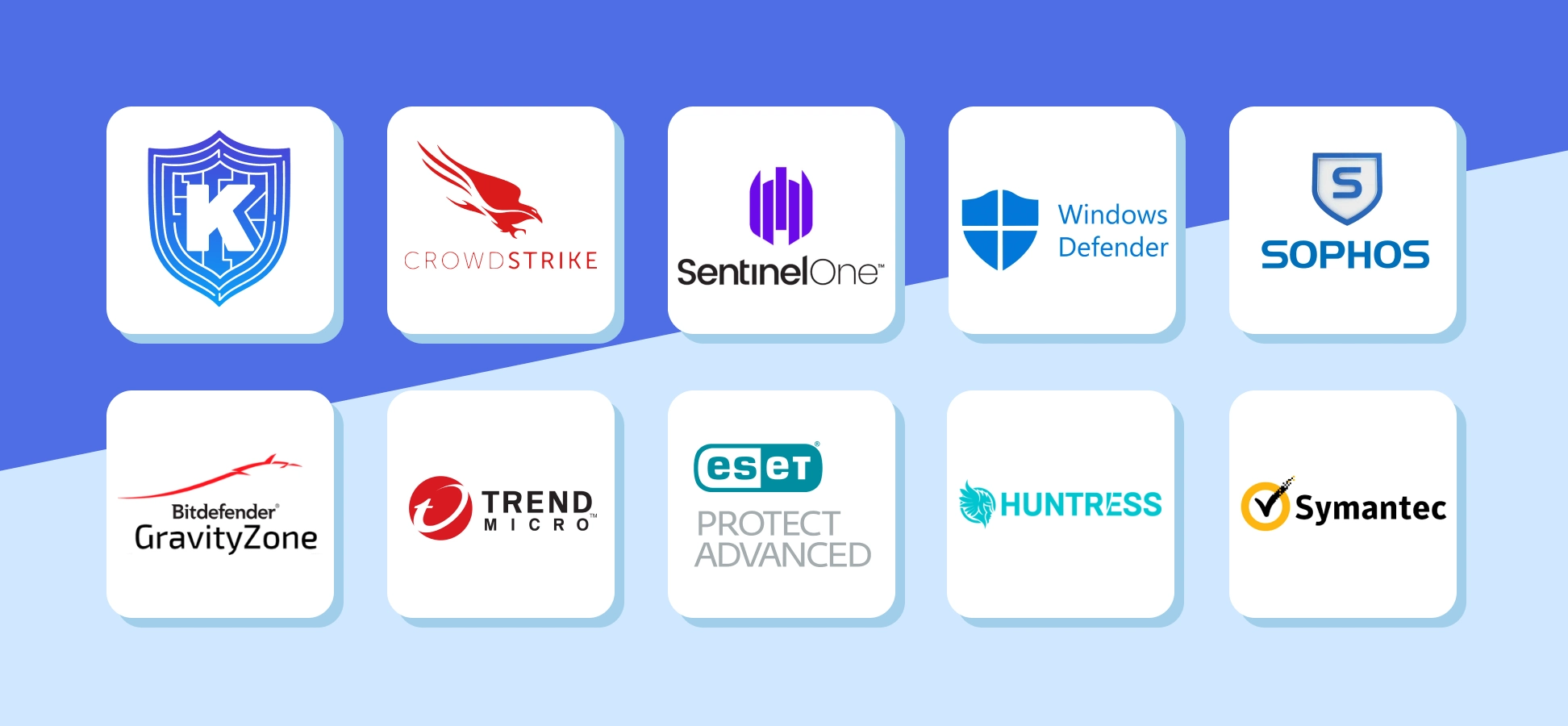Table Of Content
10 ThreatLocker Alternatives to Lock Down Your Users, Devices, & Data
-
September 21, 2025
-
The cybersecurity landscape of 2025 demands a fundamental reckoning with our endpoint protection philosophies. While ThreatLocker has rightfully earned its place as a robust application control solution, my extensive research into ThreatLocker alternatives and conversations with over 50 security leaders this year reveal a critical gap: in an era defined by hybrid workforces, SaaS sprawl, and AI-generated threats, a singular focus on application allowlisting creates a false sense of security.
The modern attack surface has evolved beyond unauthorized software execution to include identity-based compromises, SaaS misconfigurations, and AI-driven social engineering that operate within “allowed” parameters. Enterprises, SMB’s and MSPs are searching for proactive security tools that do more than respond, they prevent breaches before they start.
In this guide, I reveal the 10 best ThreatLocker alternatives for 2025. My analysis is based on hundreds of aggregated user reviews on G2/ Capterra, and performance benchmarks.
Let’s get started!
Why Businesses Look for ThreatLocker Alternatives
- High Management Overhead: Frequent approval requests for software updates frustrate users and IT teams, especially with globally distributed or remote staff.
- Complex User Experience: End users can get locked out during routine business software updates, causing downtime and productivity loss.
- Support Burden: Admins must monitor requests outside business hours or pay extra for 24/7 approvals, making it tough for MSPs and SME IT teams to scale support.
- Rigid Policies: ThreatLocker excels in high-security, static environments but struggles where staff frequently work remotely, travel, or need on-demand software changes.
- Integration Gaps: Many SMBs now rely on SaaS and Gen AI apps, but legacy allowlisting may not cover SaaS or modern attack chains that start in the internet.
- Cost Concerns: While competitive, some find the threatlocker pricing model too expensive when layering on extras, and onboarding can be intensive for limited IT teams.
Key Factors IT & Security Admins Must Evaluate in a ThreatLocker Alternative
- Unified Protection: Seek platforms that combine endpoint, web, SaaS app, and data protection in one agent.
- AI/Automation: Look for AI-driven threat detection and automated policy management to reduce hands-on interventions.
- Coverage for SaaS and Cloud: Ensure robust controls for SaaS apps and cloud collaboration tools (often the new weakest link).
- Zero Trust Access: Prefer solutions that include Zero Trust Network Access (ZTNA) and least privilege enforcement for devices and users.
- Data Loss Prevention (DLP): Choose alternatives with real-time DLP, especially with sensitive data living in SaaS or AI tools.
- Ease of Deployment: Favour agents with minimal infrastructure requirements, quick onboarding, and no “hairpinning” of network traffic.
- User Experience: The best security works in the background—look for options rated highly for transparency to end users.
- Remote Work Ready: Ensure full protection for distributed teams and BYOD.
- Pricing & Scalability: Modern SMB tools should offer predictable, per-user or per-endpoint pricing without hidden fees.
- Strong Support: Fast, knowledgeable vendor support (and optional self-service) is crucial for busy teams.
Top 10 ThreatLocker Alternatives in 2025
1. Kitecyber
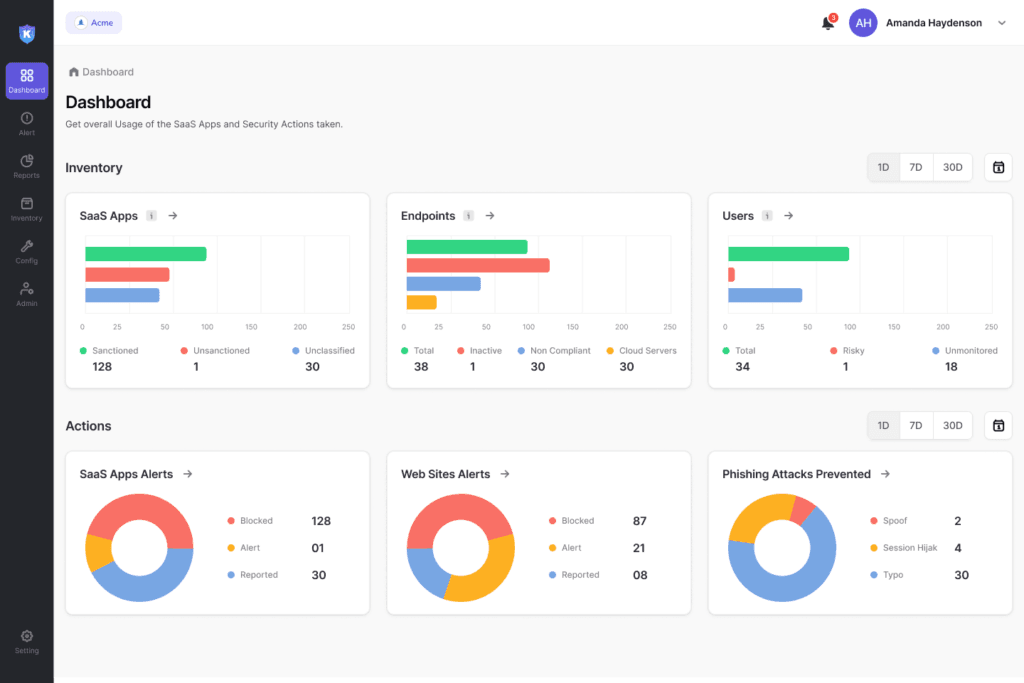
Kitecyber is an excellent alternative to ThreatLocker. It can be used to implement network and endpoint security, protecting users, SaaS apps, private apps, and data. If you are tired of using legacy SSE vendors who routes all your traffic through those bulky cloud gateways or VPN appliances, then Kitecyber is the right choice. It is easy to deploy in minutes and starts protecting your data, devices, applications, and internet from the day one or two. Many businesses who look for ThreatLocker alternatives choose it for preventive focus on modern threats that demand SaaS governance and Gen AI data protection.
Here are some Kitecyber features that makes it #1 ThreatLocker Alternative:
- Application Allowlisting / Application Control – only pre-approved executables, scripts, libraries, and installers are allowed to run, blocking everything else
- Threat Detection & Behavioral Analysis - automatically tracks and detects Insider activities. Furthermore, it blocks malicious websites/ SaaS/ Gen AI apps automatically.
- Device Controls - Incorporates full device controls across Muli-OS environments like Linux, Windows, Mac, including USB lock, firewall protection, password auth, disk encryption etc.
- Device Security/ Management - allows easy discovery, management & protection of Windows, Linux, Mac devices.
- System Isolation, Remote Lock, Data Wipe - allows one click device quarantine, remote lock, and data erasure.
- Compliance & reporting (Incident Reports)- generates evidence for audits and provides visibility into security events.
- Security Workflow Automation- reduces manual effort when gathering threat information or applying policies.
- Automatic hash updates for vendor patches - Seamless patch management, configuration and OS updates.
Pricing (as of 2025): Kitecyber’s pricing is listed on its pricing page.
G2 Rating: 4.8/5
Why Businesses Choose Kitecyber is #1 ThreatLocker Alternative?
Many of Kitecyber customers contact us to replace ThreatLocker because they find out that the solution is successful in implementing bot endpoint and network security. Unlike legacy allowlisting tools and endpoint protection platforms, Kitecyber brings comprehensive protection for users, devices, SaaS apps, and data, all right at the endpoint. This means faster deployment, less IT overhead, and superior coverage across remote, distributed, or BYOD environments, where traditional network-based approaches often fail.
Here’s why Kitecyber stands out when compared to ThreatLocker:
- All-in-One SSE From the Endpoint: Kitecyber merges device management, advanced Secure Web Gateway, real-time Data Loss Prevention, and Zero Trust Network Access—all controlled through one lightweight agent. No need for network appliances, cloud gateways, or point solutions.
- AI-Powered Threat Prevention: Its unique AI engine blocks Gen AI phishing, SaaS data leaks, ransomware, and insider threats before they strike, combining signatureless detection and behavior analytics.
- Instant SaaS/App Visibility: Unlike ThreatLocker, Kitecyber automatically discovers sanctioned and shadow SaaS apps, monitors for risky permissions, and helps IT regain control over app sprawl to minimize supply-chain risks.
- Zero Trust by Design: Every user, device, and app is continuously verified—ensuring strong security even for remote or contract workers. Kitecyber replaces legacy VPNs with passwordless, context-aware ZTNA so teams are always protected, wherever they work.
- Rapid, Hassle-Free Deployment: Customers report setup is quick and intuitive, often completed in minutes, with no special infrastructure or steep learning curve. This simplicity unlocks fast time-to-value and minimal disruption to the workforce.
- Cost Savings: By consolidating multiple security products into one, Kitecyber cuts total costs by up to 50% for most SMBs and enterprises. No hidden fees—just clear, scalable pricing.
- Stops modern SaaS and Gen AI-powered threats, not just legacy malware.
- Seamless support for remote and hybrid workforces.
- Unified endpoint agent for SWG, DLP, ZTNA, and device compliance.
- Automated compliance with SOC2, HIPAA, PCI, GDPR.
- Eliminates cloud and network bottlenecks for faster user experience.
- 24/7 expert support and rapid onboarding.
2. CrowdStrike Falcon
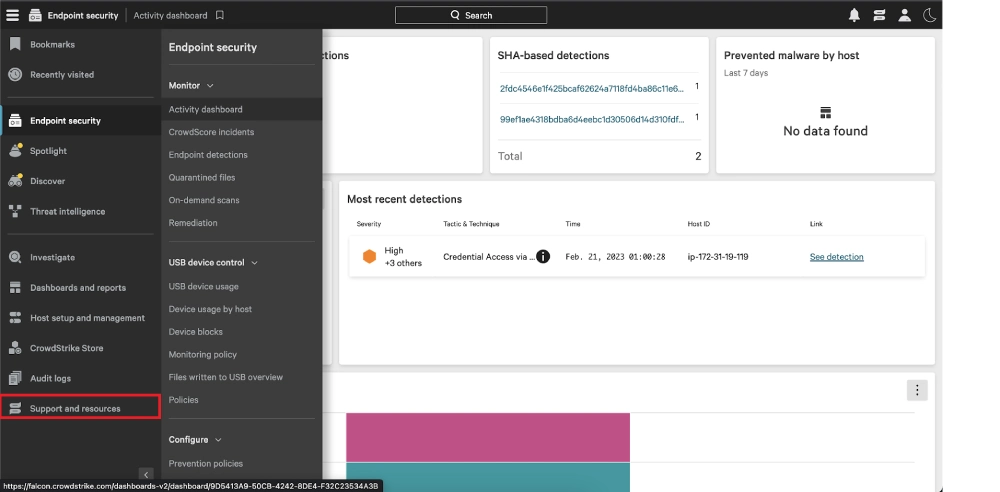
CrowdStrike Falcon is another ThreatLocker alternative that offers cloud-native endpoint protection with AI-driven real-time threat hunting and response. It secures devices without on-premises hardware. Businesses value its advanced detection beyond basic whitelisting, adding behavioral analysis.
Features:
- AI-driven threat detection and prevention.
- Lightweight sensor for minimal impact.
- Automated incident response.
- Threat intelligence integration.
- Cloud workload protection.
- Endpoint visibility and control.
- Ransomware rollback.
Pros: Strong against zero-day attacks. Fast deployment. Ideal for enterprises.
Cons: Higher cost for small teams. Recent updates may cause disruptions.
Pricing (as of 2025): $59.99 per device annually for small businesses; $99 for enterprises.
G2 Rating: 4.7/5.
3. SentinelOne Singularity

As a proper replacement to ThreatLocker, SentinelOne Singularity provides autonomous endpoint security, detecting and responding to threats without human input. It covers endpoints, cloud, and identity, excelling in threat hunting with full visibility for quick remediation.
Features:
- AI-powered autonomous detection.
- Behavioral analysis for unknown threats.
- Automated rollback and remediation.
- Threat hunting tools.
- Endpoint intelligence dashboard.
- Integration with SIEM systems.
- Ransomware protection.
Pros: Reduces manual work. High detection accuracy. Suits hybrid environments.
Cons: Steep learning curve. Pricing favors larger firms.
Pricing (as of 2025): $99 per endpoint annually for complete package.
G2 Rating: 4.7/5.
4. Microsoft Defender for Endpoint
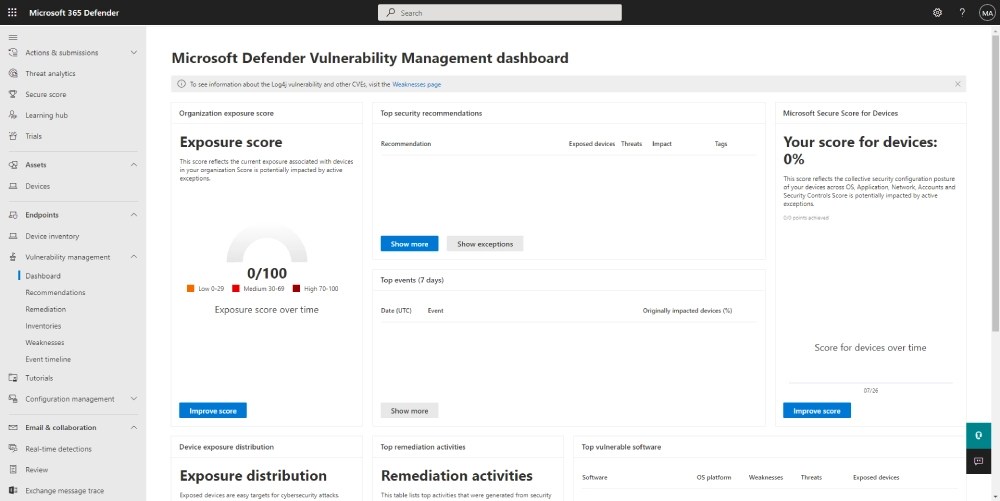
Features:
- Preventative malware protection.
- Post-breach detection and response.
- Automated threat investigation.
- Vulnerability management.
- Cross-platform support.
- Integration with Azure Sentinel.
- Device control policies.
Pros: Cost-effective within Microsoft stack. Seamless updates. Strong for enterprises.
Cons: Less effective standalone. Requires configuration tweaks.
Pricing (as of 2025): $5.20 per user monthly, or included in Microsoft 365 E5.
G2 Rating: 4.6/5.
5. Sophos Intercept X

Sophos Intercept X is one such ThreatLocker alternative that focuses on advanced endpoint defense, stopping ransomware and exploits with deep learning. It includes EDR for investigation and synchronized security across tools.
Features:
- Anti-ransomware technology.
- Deep learning malware detection.
- Exploit prevention.
- EDR for threat response.
- Managed threat response option.
- Centralized management console.
- Device encryption.
Pros: Easy to manage. Effective prevention. Good value for mid-size businesses.
Cons: Interface needs improvement. Occasional false positives.
Pricing (as of 2025): Starts at $28 per user annually.
G2 Rating: 4.5/5.
6. Bitdefender GravityZone

Features:
- Antivirus and anti-malware.
- Firewall and intrusion prevention.
- Patch management.
- Device encryption.
- Web threat protection.
- Data loss prevention.
- Risk analytics dashboard.
Pros: Comprehensive features. Affordable for SMBs. Low system impact.
Cons: Reporting could be more intuitive. Setup takes time.
Pricing (as of 2025): $199 annually for small business (up to 10 devices).
G2 Rating: 4.6/5.
7. Trend Micro Apex One
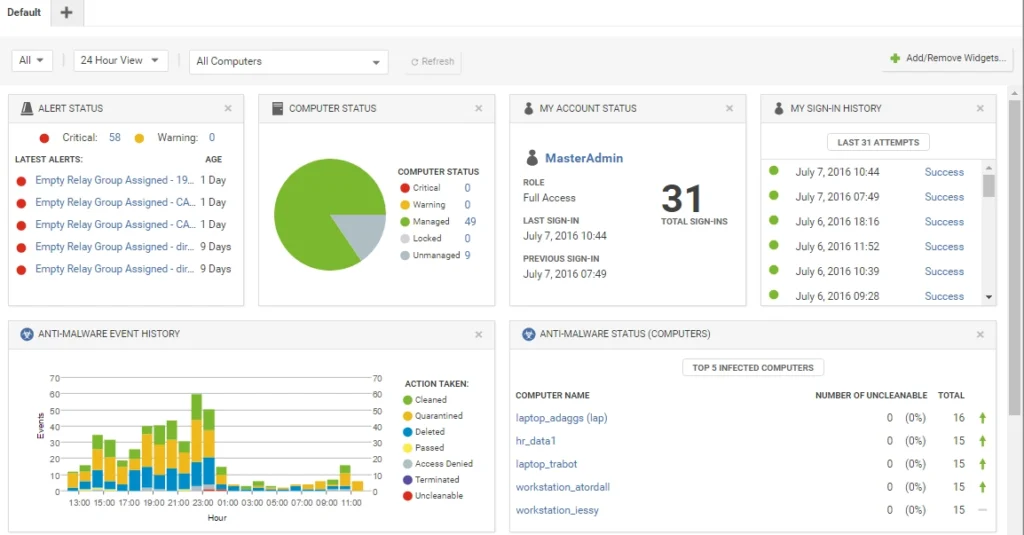
Features:
- Advanced anti-malware.
- Behavior monitoring.
- Application control.
- Vulnerability shielding.
- Endpoint encryption.
- Data loss prevention.
- Centralized visibility.
Pros: Handles diverse threats well. Good integration options.
Cons: Slow initial setup. Detection may miss some variants.
Pricing (as of 2025): Around $40 per user annually (varies by volume).
G2 Rating: 4.4/5.
8. ESET PROTECT Advanced
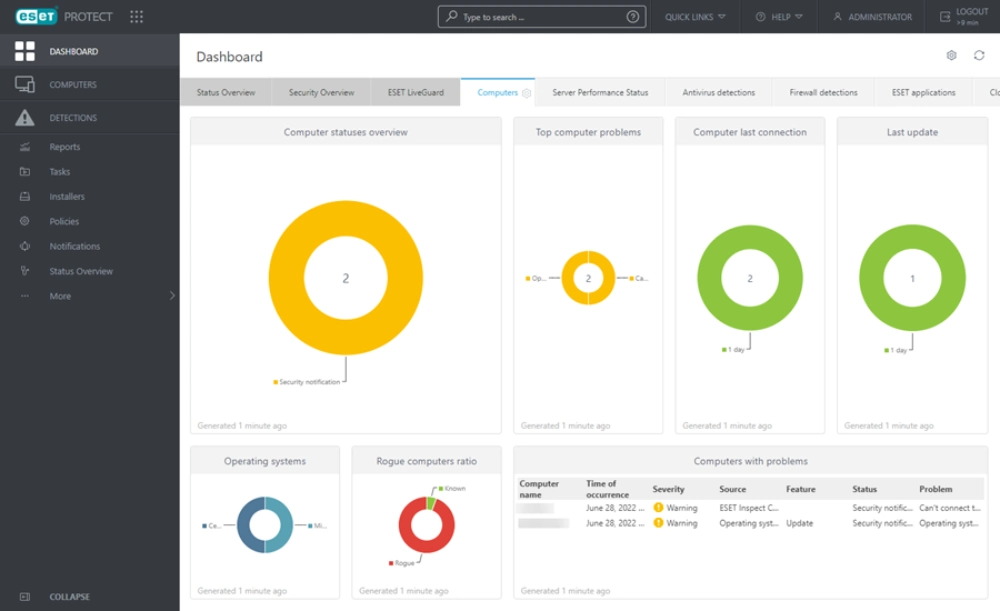
Features:
- Next-gen antivirus.
- Firewall and anti-phishing.
- Patch management.
- Full disk encryption.
- Threat hunting.
- Cloud sandboxing.
- Custom reporting.
Pros: Lightweight agent. Strong prevention. Excellent support.
Cons: Advanced features increase costs. UI needs modernization.
Pricing (as of 2025): Starts at $211 annually for 5 devices (entry); advanced higher.
G2 Rating: 4.6/5.
9. Huntress Managed EDR
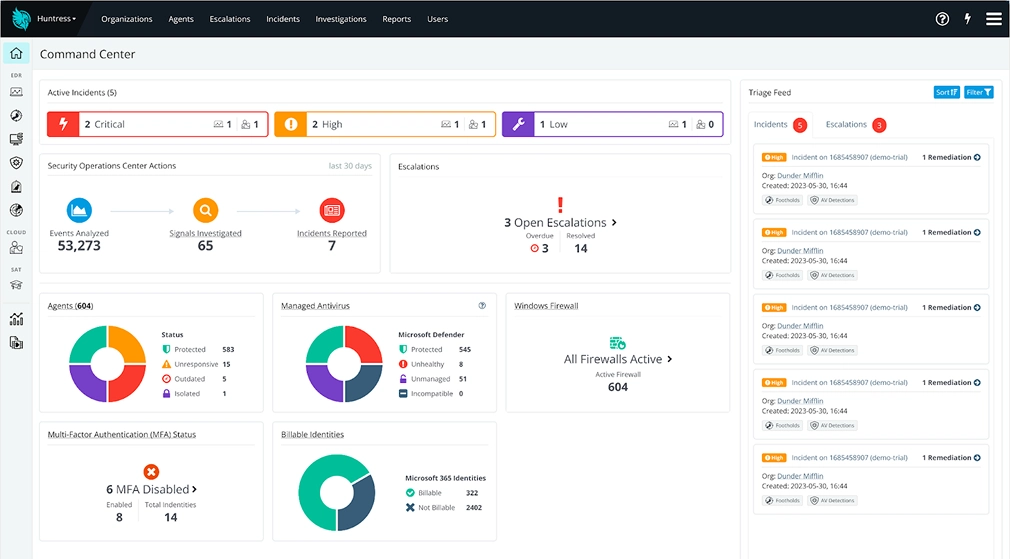
Features:
- Real-time threat detection.
- Proactive hunting.
- Automated remediation.
- 24/7 SOC support.
- Low-resource agent.
- Customizable reports.
- Integration with RMM tools.
Pros: Managed service reduces burden. Fast response. Affordable for small teams.
Cons: Limited to EDR focus. Not a full suite.
Pricing (as of 2025): Per endpoint monthly; contact for quote (around $5-10).
G2 Rating: 4.8/5.
10. Symantec Endpoint Security
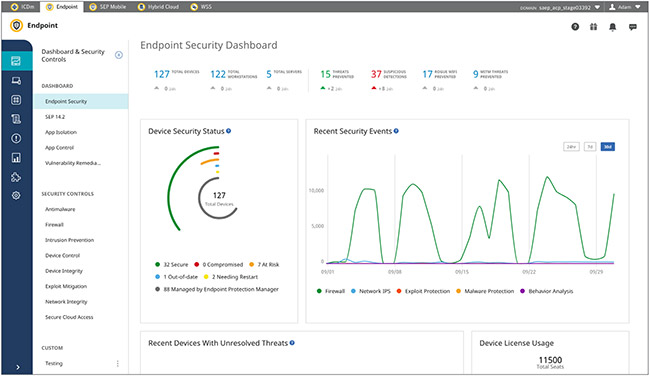
Features:
- AI-driven analytics.
- Malware and ransomware protection.
- Firewall policies.
- Device control.
- Behavioral isolation.
- Threat intelligence.
- Compliance reporting.
Pros: Light on resources. Effective detection. Suits complex environments.
Cons: Clunky management console. Frequent updates.
Pricing (as of 2025): $30-50 per user annually.
G2 Rating: 4.4/5.
ThreatLocker Alternatives Comparison Matrix
| Feature | Kitecyber | CrowdStrike Falcon | SentinelOne | Microsoft Defender | Sophos Intercept X | Bitdefender GravityZone | Trend Micro Apex One | ESET PROTECT Advanced | Huntress | Symantec | Differentiation (Kitecyber vs. Others) | Price (per user/year, approx.) |
| Endpoint Protection | Yes | Yes | Yes | Yes | Yes | Yes | Yes | Yes | Yes | Yes | Preventive SSE vs. reactive EDR | Kitecyber: $120; Others: $60-100 |
| SaaS App Governance | Yes | No | No | Partial | No | Partial | No | No | No | No | Full SaaS control; others limited | |
| Zero Trust Access | Yes | Partial | Partial | Yes | Partial | No | No | Partial | No | Partial | Endpoint-based ZTNA; no appliances | |
| Gen AI Threat Prevention | Yes | Partial | Partial | Partial | No | No | Partial | No | Partial | No | Built-in AI phishing/data leak guards | |
| Data Loss Prevention | Yes | Partial | Yes | Yes | Partial | Yes | Yes | Partial | No | Yes | Automated for SaaS; proactive | |
| Ease for SMBs | High | Medium | Medium | High | High | High | Medium | High | High | Medium | Lightweight deploy; suits small teams | |
| Enterprise Scalability | High | High | High | High | Medium | High | High | High | Medium | High | Cloud-native; grows seamlessly |
Conclusion
Product
Solutions
Resources
Company
Comparison
Device Management
Data security
SaaS & Internet Security
Contact Us
- 691 S Milpitas Blvd, Ste 217, Milpitas, CA 95035

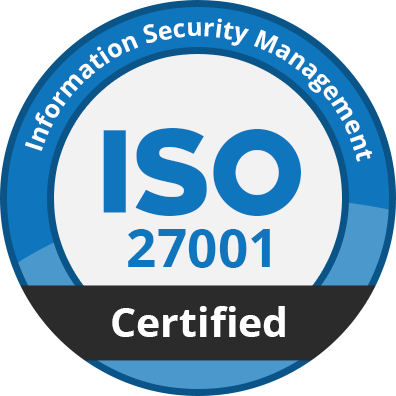
- We are SOC 2 Type II compliant

